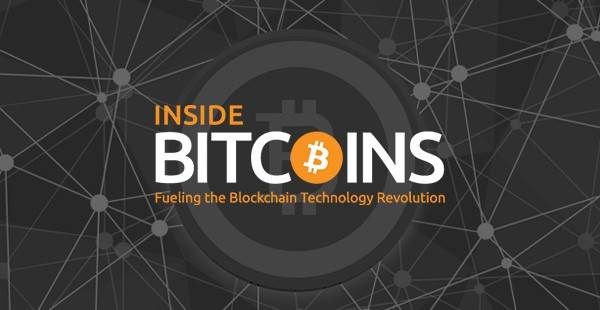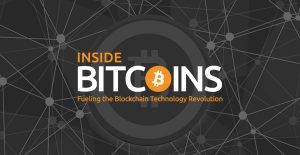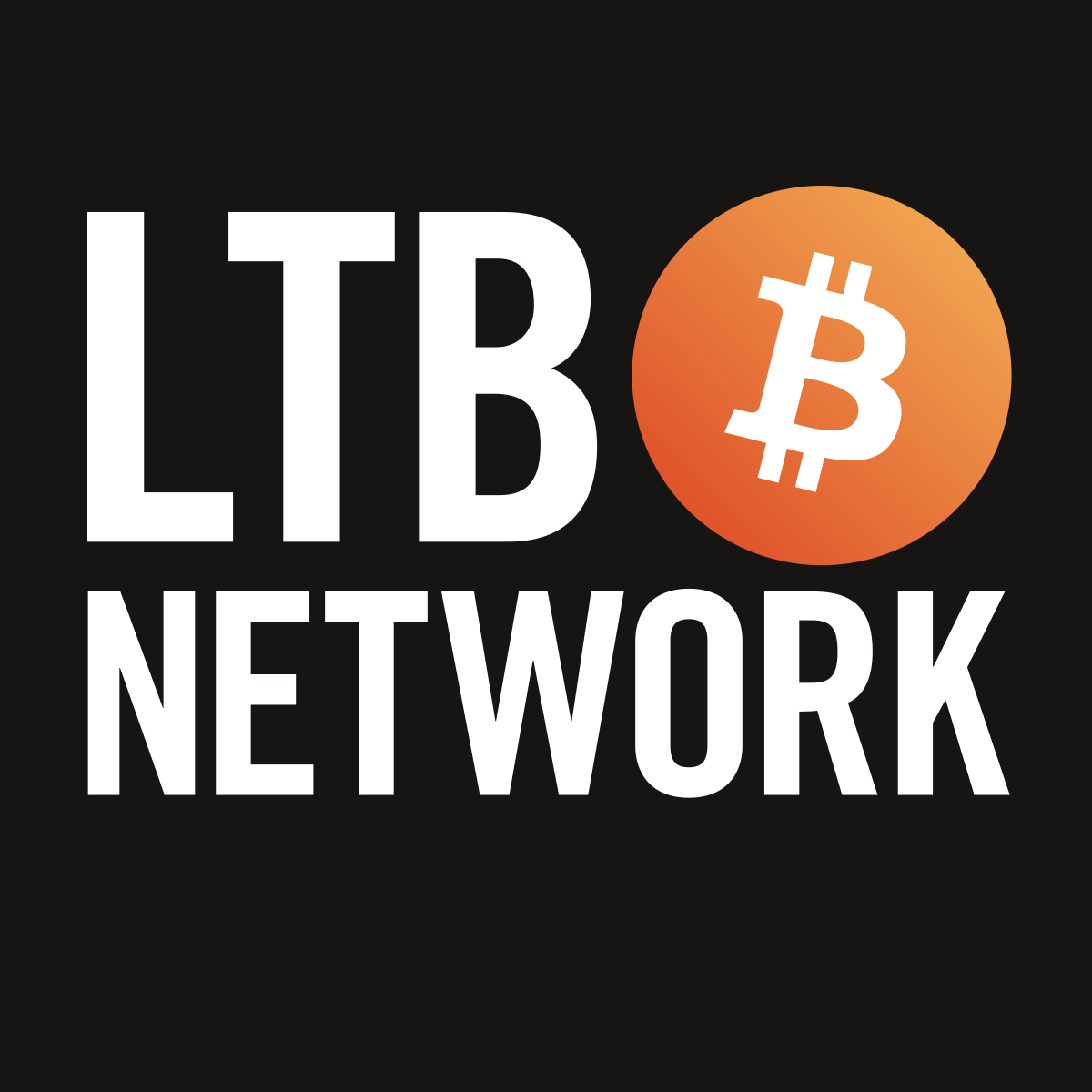Join Our Telegram channel to stay up to date on breaking news coverage
A first glance at cryptocurrencies, especially to the layman, shows an evident tendency towards blockchain-related technologies. The most notable obviously being Bitcoin, with Ethereum gaining traction with their own form of the tech. However, that’s really not all there is to the cryptocurrency scene.
Even before Bitcoin took the scene and market by storm, there were other versions of cryptocurrencies. What these lacked, that bitcoin offered, was the dream of decentralization. The tamper-proof and immutable ledger that bitcoin provided with the blockchain was hard to beat and the public at large embraced it wholeheartedly.
Yet, as time goes on, we do see some problems with Bitcoin and the blockchain. Though it still offers decentralization and immutability, a huge problem that has been coming up is the issue of transaction times due to the nature of how the blockchain works. A new contender, with new technology, has entered the scene known as Byteball and they are offering the solution to where Bitcoin and its blockchain went wrong while adding new features on top of it with its use of the Directed Acyclic Graph (DAG) organizational model.
DAG works differently than the blockchain. Where the blockchain requires Proof of Work from miners on each transaction the DAG gets around this by getting rid of the block entirely. Instead, DAG transactions are linked from one to another, meaning one transaction confirms the next and so on. These links are where the term DAG comes from, just like blocks getting hashed are where the blockchain receives its name.
Using a system like this, transaction times would be a fraction of what bitcoin are even under good operating circumstances. While the blockchain is operating nominally, it can still take ten minutes for a transaction. Here, since each transaction is linked to the next and the miner is taken out of the equation, transaction times actually go down as more people are using the system.
The lack of miners in this system gets rid of the blockchains ever-looming threat of the day an entity owns over 50 percent of the network and begins double spending, but how does the DAG get rid of this threat? Well, without the PoW that the blockchain, DAG’s transaction order is spread out through multiple transactions already. Most attempts at double spending would be caught and rejected immediately with this system, as it’s already spread throughout the network.
In the case that the double spending is attempted on parallel branches of the DAG at the exact same time Byteball’s system uses a “Main Chain” that is operated by trusted witnesses. The user will be able to select from different “witnesses” that are verified and trusted, and their record of the chain will be the one deemed valid.
As far as DAG’s comparison to Ethereum goes, it is not quite as robust as far as smart contracts go, however it does offer them, and they are available in a simple, readable form for the user instead of the complexity you see in Ethereum. This allows users to easily understand when and how they will be paid their currency, instead of relying on the word of the programmer that came up with the contract. Think of it as a “lawyer-less” version of a smart contract.
If the DAG is picked up for broader use, it really does show some advantages over the blockchain at nearly every level. As problems keep popping up within the blockchain system, users may attempt to migrate to a newer more technologically advanced system such as the DAG. Will this be the way of the future for crypto transactions? Who knows, however, it is probably unwise to bet against either at the moment.
The post DAG vs the Blockchain appeared first on BTCMANAGER.
Join Our Telegram channel to stay up to date on breaking news coverage


